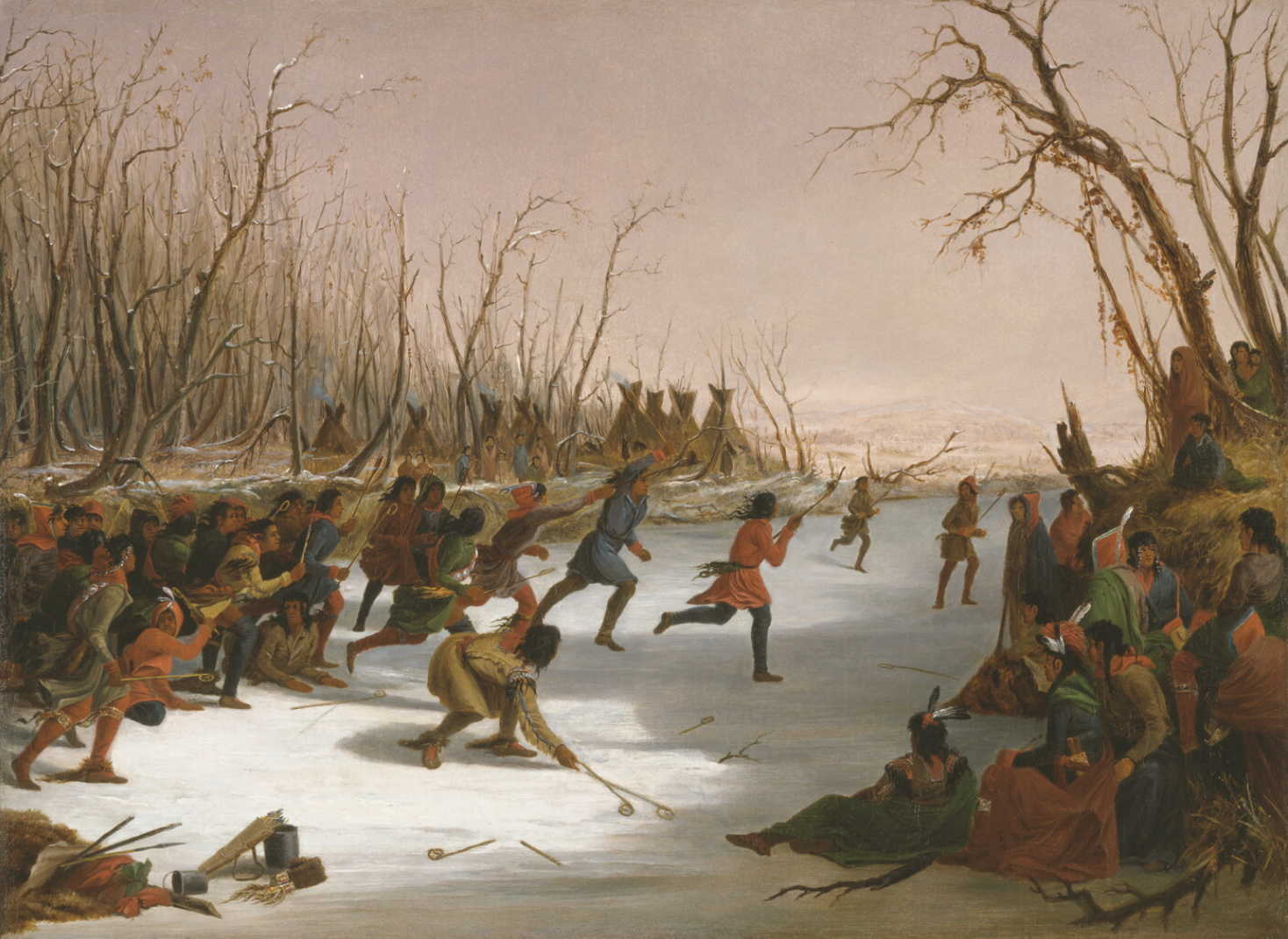By Owámniyomni Okhódayapi | January 18, 2024
As we experience the frigid winter temperatures that come with living in Minnesota, it’s hard to imagine what winter life would look like without modern amenities like furnaces, easy access to food at grocery stores, snow gear, etc. This blog post will discuss the historical resilience of the Dakota people, who, long before colonization, mastered the art of surviving harsh winter conditions.
Keeping Warm
For many living in cold climates, our homes become a place of respite from the relentless winter weather. The same can be said for Dakota people living in the prairies and River valleys of Mni Sota and their version of home, tipis. Unlike today’s walled homes, tipis featured a central fire to provide heat, with the tall cone shape designed to prevent snow and ice accumulation. The clever use of flaps allowed for temperature control, and the height facilitated the rise of smoke through the top. Even in the most intense winter conditions, Dakota families stayed close to their tipis, seeking refuge from the harsh weather while still engaging in outdoor activities such as hunting and winter games.
During the most intense parts of winter Dakota people would stay close to their tipis and spend most of their time protected from the weather inside. However, before the freezing temperatures came (and sparingly once the cold was here) they would still go hunting and play winter games outside, creating a need for protective clothing. As with clothing from other seasons, Dakota people turned to their animal relatives to help protect them from the elements. Animal furs and hides would be used to craft clothing and blankets to keep them warm and dry all winter long.
Food Storage
Surviving winter also meant relying on stored food from previous months. Dakota people stored dried corn, berries, fish, and meats underground where cooler temperatures preserved the food. Despite the challenges, they continued to hunt and fish throughout the winter when weather conditions allowed.
Winter Lifestyle
Winter wasn’t just a season of survival for the Dakota people; it was a time for rest, storytelling, and preparation for the upcoming seasons. Staying close to their camps, community members engaged in creative pursuits like beading, crafting moccasins, and playing games. This period of communal bonding and cultural activities enriched their lives during the colder months.
As we cozy up in our modern homes, it’s essential to recognize and appreciate the resilience and wisdom of Dakota communities in navigating winter’s challenges. Their sustainable practices and deep connection with nature offer valuable lessons that can inspire us to embrace a more harmonious relationship with the environment, even in the coldest of seasons.
Eastman, Seth, 1808-1875. Hunting the Buffalo in Winter. Nicollet County Historical Society, collection.mndigital.org/catalog/nico:1612 Accessed 12 Jan 2024.
Eastman, Seth, 1808-1875. Ballplay of the Dakota on the St. Peters River in Winter. Amon Carter Museum of American Art, https://www.cartermuseum.org/collection/ballplay-dakota-st-peters-river-winter-19794 Accessed 12 Jan 2024.




